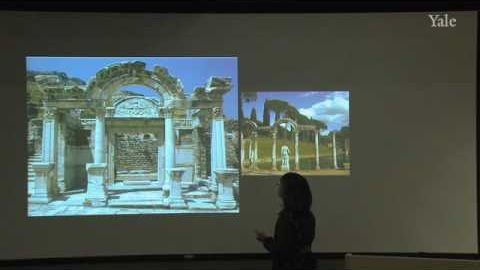
Subtitles & vocabulary
19. Baroque Extravaganzas: Rock Tombs, Fountains, and Sanctuaries in Jordan, Lebanon, and Libya
00
Sofi posted on 2015/03/18Save
Video vocabulary
sense
US /sɛns/
・
UK /sens/
- Noun (Countable/Uncountable)
- Certain mental feeling or emotion
- Normal or clear state of mind
- Verb (Transitive/Intransitive)
- To perceive using sight, sound, taste touch etc.
- To recognize the presence of something
A1TOEIC
More vocabulary
US /voˈkæbjəˌlɛri/
・
UK /və'kæbjələrɪ/
- Uncountable Noun
- Words that have to do with a particular subject
- The words that a person knows
B1TOEIC
More structure
US /ˈstrʌk.tʃɚ/
・
UK /ˈstrʌk.tʃə/
- Noun (Countable/Uncountable)
- The way in which the parts of a system or object are arranged or organized, or a system arranged in this way
- A building or other man-made object.
- Transitive Verb
- To plan, organize, or arrange the parts of something
A2TOEIC
More show
US /ʃo/
・
UK /ʃəʊ/
- Verb (Transitive/Intransitive)
- To be easily seen or displayed
- To display your emotions or feelings
- Noun
- False display of love, emotion or action
- An event for displaying or promoting goods
A1
More Use Energy
Unlock All Vocabulary
Unlock pronunciation, explanations, and filters
